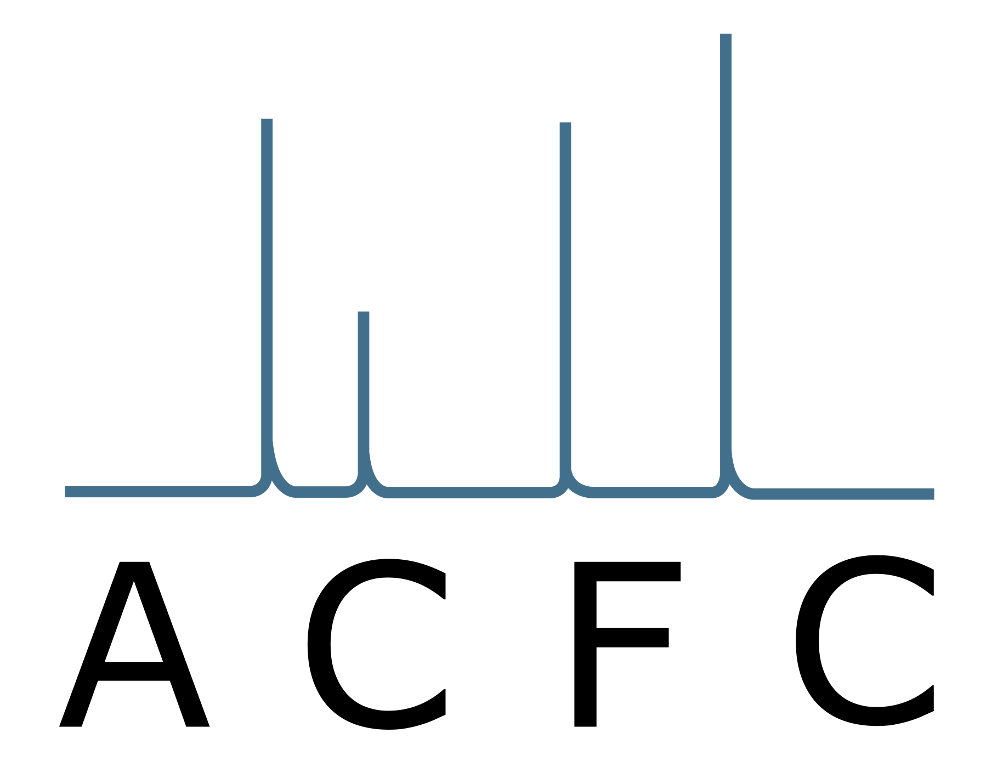GC-Sulfur Chemiluminescence Detector
Volatile sulfur compounds (VSCs) are present in many foods, including bread, fruits and different vegetables as well as in beverages, including coffee, beer, wine and fruit juices [1, 2]. In an online database, which in 2019 consisted of more than 9500 volatile compounds identified in food and drinks, about 13 % contained sulfur [3]. While some VSCs can have a pleasant smell, others, especially those of smaller molecular weight, can be responsible for strong, offensive smells [4]. One of the best-known compounds is hydrogen sulfide (H2S) with its characteristic odour of rotten eggs. The presence of H2S is related to the yeast metabolism of sulfur precursors. Together with other highly volatile VSCs, like ethanethiol, diethyl sulfide, dimethyl disulfide and ethyl thioacetate, it is responsible for the “Boeckser” off-flavour in wines [5]. The sensory thresholds and odour descriptions of the compounds are listed in Table 1. Sulfur compounds also play an important role in the aroma of coffee due to their low sensory threshold.
The detection of VSCs is an important part of analytical chemistry. However, due to their low sensory threshold this can be challenging. Their detection requires methods capable of detecting the compounds with high selectivity and sensitivity. Sulfur chemiluminescence detection can offer this. In combination with other systems available at our institute the identification and monitoring of these important odorants is possible.
Table 1: Some important VSC in coffee and wine [4, 5, 6, 7, 8]
| Substance | Descriptor | Sensory Threshold [µg/L] in wine(*) or water | |
|---|---|---|---|
| Ethyl thioacetate | onion, sulfur | 27-52* | |
| Dimethyl disulfide | cabbage, onion, sulfur | 3-7 | |
| Ethanethiol | onions, rubber, faeces | 1.1* | |
| Diethyl sulfide | garlic, onion, rubber | 0.93-18* | |
| Dimethyl sulfide | sharp, green, cabbage | 0.3-60 | |
| Methional | onion, meat-like | 0.2 | |
| 3-Sulfanylhexan-1-ol | grapefruit, passion fruit, box tree | 0.06* | |
| 2-Furfurylthiol | coffee, powerful | 0.04-0.005 | |
| Methanthiol | rotten cabbage | 0.02-2.1 | |
| Dimethyl trisulfide | onion, cabbage, powerful | 0.01 | |
| 2-Methyl-3-furanthiol | meat-like, roasted coffee | 0.005-0.01 | |
| 3-Sulfanylhexyl acetate | passion fruit, box tree | 0.004* | |
| Hydrogen sulfide | rotten eggs, rubber | 0.001-150.0* | |
| 3-Methyl-2-butene-1-thiol | skunk, pungent, leek | 0.0002-0.0003 |
[1] Boelens MH, van Gemert LJ, Perfume, 1993, 18, 29-39.
[2] McGorrin RJ, The Significance of Volatile Sulfur Compounds in Food Flavors, Volatile sulfur compounds in food, eds. Qian MC, Fan X, Mahattanatawee K, 2011, 3-31.
[3] Chen L, Capone DL, Jeffery DW, Molecules, 2019, 24, 1-24.
[4] Davis PM, Qian MC, Progress on Volatile Sulfur Compound Analysis in Wine, Volatile sulfur compounds in food, eds. Qian MC, Fan X, Mahattanatawee K, 2011, 93-115.
[5] Renner H, Pour Nikfardjam M, ddw, 2016, 22, 18–21.
[6] Dubourdieu D, Tominaga T, Polyfunctional Thiol Compounds, Wine chemistry and biochemistry, eds. Moreno-Arribas MV, Polo MC, 2009, 275–293.
[7] Mestres M, Busto O, Guasch J, J. Chromatogr. A, 2000, 881, 569–581.
[8] Flament I, Bessière-Thomas Y, Coffee flavor chemistry, 2002
